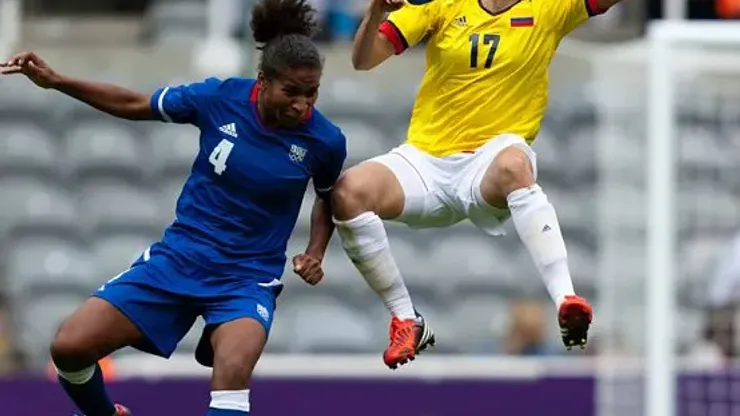Last week, FIFA President Gianni Infantino proposed a plan to launch a women’s global league comprised of national teams. Although no decision is expected to be made until at least June, the plan demonstrates Infantino’s commitment to promoting the growth of women’s football.
If accepted, the competition would feature the world’s top 16 women’s national teams, which would divide into four groups with winners advancing to the semifinal and final during the November 2019 window. Additionally, Infantino intends to create four smaller regional leagues to compete in a promotion and relegation system during the Spring window.
Currently, FIFA is basing women’s football development and financial growth opportunities solely on two quadrennial tournaments — the FIFA Women’s World Cup and the Olympics. For obvious reasons, women’s football is highly funded from men’s competitions. If approved, the addition of the global league would help the women’s game and would not only gain fan support and potential sponsorships but would also stimulate the development of youth women’s football in smaller countries.
Unless you are a top five nation in women’s soccer, there aren’t many opportunities to represent your country, let alone gain experience playing FIFA matches in general. Unfortunately, there are still too many federations that don’t focus on national women’s soccer camps and friendlies. In my personal experience playing on the Colombian Women’s National Team, when the World Cup and the Olympic cycle would end, we would have to wait an absurd amount of time to have camp again. Seven hundred and forty five days to be exact. With a global women’s league, lengthy absences from FIFA matches would no longer be an issue for soccer countries still in development. It would be beneficial for both North and South American countries as their leagues mostly run from early Spring to Summer. On the flip side, UEFA and perhaps Australia’s W-League most likely would not support this concept as it does not coincide with their schedules. If this event is not in the best interest of UEFA or AFC, confederations in approval could join forces and form a similar competition.
Although there has not yet been a strategic plan set out yet, it will be interesting to see the response from FIFA members and federations. There already have been concerns that a FIFA-branded women’s league could take away from the prestige and excitement of the World Cup and Olympics. On the contrary, I firmly believe it would enhance the build-up as there would be more teams involved in competition outside of the two marquee FIFA tournaments. Presently, the two leading mini-tournaments are the Algarve Cup and She Believes Cup, both primarily intended for the top women’s national teams. Not only would the new event provide player exposure, but would also give federations and countries the opportunity to host a FIFA event.
Up for reelection next year, Infantino will need the majority votes from the 211 member nations. Part of his campaign will focus on demanding growth in the women’s game, which could either play in his favor or against. Since his time in office, Infantino has significantly emphasized the necessity and potential growth of women’s football.
Melissa Ortiz is a professional footballer and has represented the Colombia women’s national team at the Olympics and Copa America. She has also played professional soccer in NWSL and Iceland.
200+ Channels With Sports & News
- Starting price: $33/mo. for fubo Latino Package
- Watch Premier League, Women’s World Cup, Euro 2024 & Gold Cup
The New Home of MLS
- Price: $14.99/mo. for MLS Season Pass
- Watch every MLS game including playoffs & Leagues Cup
Many Sports & ESPN Originals
- Price: $10.99/mo. (or get ESPN+, Hulu & Disney+ for $14.99/mo.)
- Features Bundesliga, LaLiga, Championship, & FA Cup
2,000+ soccer games per year
- Price: $5.99/mo
- Features Champions League, Serie A, Europa League & Brasileirāo
175 Premier League Games & PL TV
- Starting price: $5.99/mo. for Peacock Premium
- Watch 175 exclusive EPL games per season






